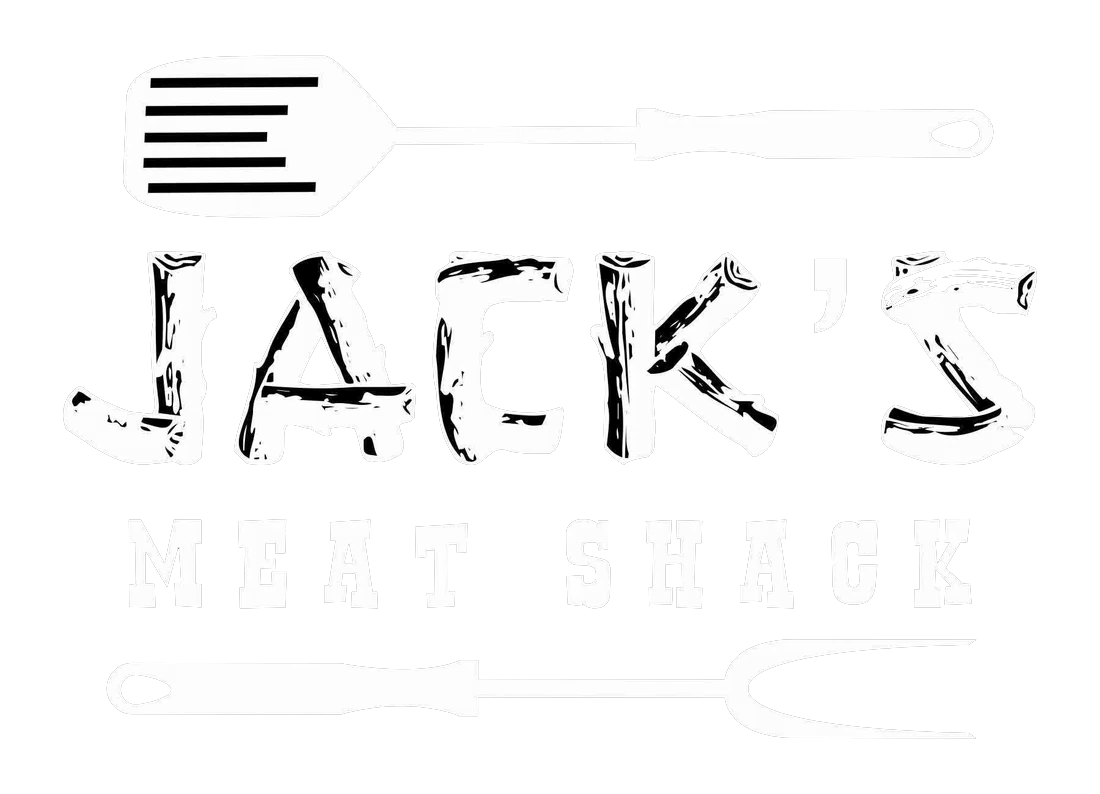![IMG_2669[1]](https://i0.wp.com/jacksmeatshack.com/wp-content/uploads/2018/05/img_26691.jpg?resize=600%2C400&ssl=1)
What better way to celebrate a day of Britishness of the Royal wedding of Prince Harry to the bird from suits like smoking up a Brisket?
This particular cut of meat derives from the lower chest or breast of beef and is one of nine primal cuts which differs internationally. I have learnt the hard way that researching American YouTube videos for tips and advice on cooking brisket has resulted in an overcooked slab of charcoal. This was due to the fact that I was trying to use US cooking times for an English cut of meat so yo, if I can save you the pain of wasting a wonderful piece of meat then y’welcome.
Now cattle do not have collar bones, so the brisket cut supports 60% of the body weight requiring a significant amount of connective tissue, so nailing the cooking technique is a must to for he tenderisation process.
For this reason it’s a good idea to go all out and look for good quality beef and actually it’s better to have midsummer if possible as the cows will have had a few months of eating richer spring/summer grass and the beef will have a greater flavour and level of fat running through it.
For this recipe I have used a top quality piece from Sherwood Foods grass fed brisket and trust me for someone who sees himself as a bit of a brisket connoisseur you can most definitely taste a difference. You can head on down to our good pals at the Riverside Garden Centre who are stocking these bad boys and hey you get to drool over their massive selection of BBQs too!

The brisket contains two separate muscles; the ‘flat’ and the ‘point’. The point cut comes to a point at one end (duh). The point cut has a lot of fat running through it, so when you cook it, it comes out nice and juicy. If you’ve ever had burnt ends these come from the point where the pitmaster chops up the point at the end of the cook and throws them back in in a pan for cubes of deliciousness.
The flat cut is a leaner piece of meat and looks more attractive as it slices up neatly. It’s this cut of meat which is used to make corned beef.
Now on to the cook…
Unwrap your brisket and pat it dry with some kitchen towel. This removes any excess moisture.
Put a rubber glove on the hand which you plan to use to touch the meat with and leave your other hand free to pick up condiments. This helps cross contamination of germs on your food and hell you could be doing your best Michael Jackson impression at the same time.
In this recipe I’ve used Franks hot sauce as a binding agent for the rub, a good coating all over will help the rub stick. Rub all over with your gloved hand and then get a good thick coat of rub all over. Don’t forget the sides and make sure you flip it over and coat the bottom.

Pre set your smoker between 130 to 150. When the heat is consistent and you are producing light blue smoke you’re good to go with getting your brisket on. Smoking is always an indirect method so there should be no indirect flames.
Now it’s all about the waiting game. You’re gonna wanna give this hulk of meat at least 5 hours before you even check the internal temperature. I literally left this to do it’s own magic however you can if you want spritz with apple cider vinegar every hour or so but as I say I didn’t, I just don’t feel like it’s a necessity and increases the cooking time.
At about the 5 hour you’ll encounter what we call “the stall”. This is where the meat has reached. There’s a number of theories as to why this occurs but don’t get disheartened or rapidly increase your cooking temperature out of fear – this will land you with dried out meat. Have faith it will increase eventually!
The brisket needs to reach an internal temperature of 93 – 97. You need to be able to push the probe through the meat without any resistance. You are going to want to invest in a good internal thermometer for trickier cuts of meat like this.
I pulled this off at 97 and let it rest for a good hour before slicing. In the meantime Mrs Shack was busying away with the sides including her Cracking Cornbread, salad and grilled apricots.
![IMG_2716[1]](https://i0.wp.com/jacksmeatshack.com/wp-content/uploads/2018/05/img_27161.jpg?resize=600%2C401&ssl=1)
Brisket Top Tips from Jack
So students, what have we learnt today:
US and UK cuts of brisket are different so make sure you adjust your cooking methods and times according to your cut.
Spend a little extra on a quality cut of meat
The best time to eat brisket is midsummer
No need to “crutch” a brisket- which is to remove when it reaches 70 degrees C and wrap it in tin foil. Trust me this isn’t necessary and if anything masks the flavour of the beef and stops a proper bark forming.

